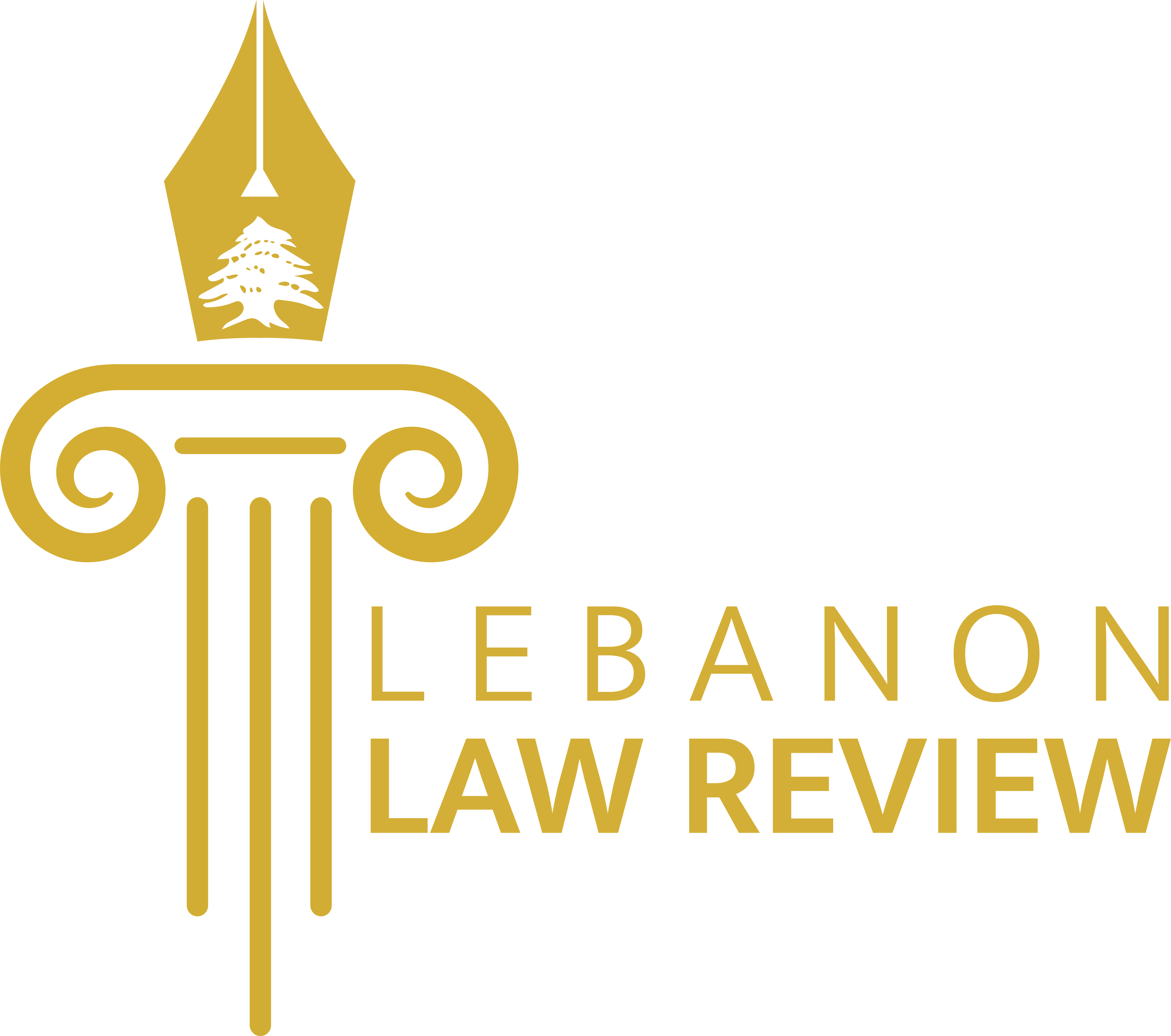How Regulatory Instruments like Patents, Copyrights, and Trademarks help protect Intellectual Property and promote economic interests
With traditional tangible property, businesses depend greatly in their economic plan hierarchy on another type of property which is intangible and is called intellectual property. By definition, intellectual property is the authority that a person has towards his/her intellectual product. The intellectual products in their turn are innovations of various natures divided into three main categories: industrial innovations, literary and artistic innovations, and commercial innovations. In other words, intellectual property encompasses industrial property, literary and artistic property, and commercial property depending on the subject of the possession.
This form of property does not differ in its importance to companies from their tangible properties (such as real estate); it may even exceed it in light of the business orientation in today’s world. For instance, modern companies depend greatly on intangible properties such as the ones mentioned above. Therefore, and just like real estate is protected through registration in the cadasters, intellectual property, in its different classifications, demands protection. However, is the protection, in its form and term, common for all three kinds of novelties?
The diverse characteristics found in each of the three classified intellectual products demand special treatment to achieve the goal desired by companies. Safeguarding their rank in the market and defending any trespass on their status towards customers are their main objectives. This is what led to the enactment of also three major captions of protection: Patents, copyrights, and trademarks. In other words, the type of protection chosen along with its degree depends on the characteristics of the product subject to safeguarding.
To know what type of protection to select, it is important to highlight the relationship between the selected protection weapon and the characteristics maintaining to industrial, artistic, and commercial novelties while emphasizing the requirements needed to guarantee such weapon in three chapters: Chapter One: Patents, Chapter Two: Copyrights, and Chapter Three: Trademarks.
Download the Article to Continue Reading

Melissa Tabet
Melissa holds a Master’s in Arbitration and Mediation and contributes to the Lebanon Law Review. She aims for a Ph.D. in law soon.

